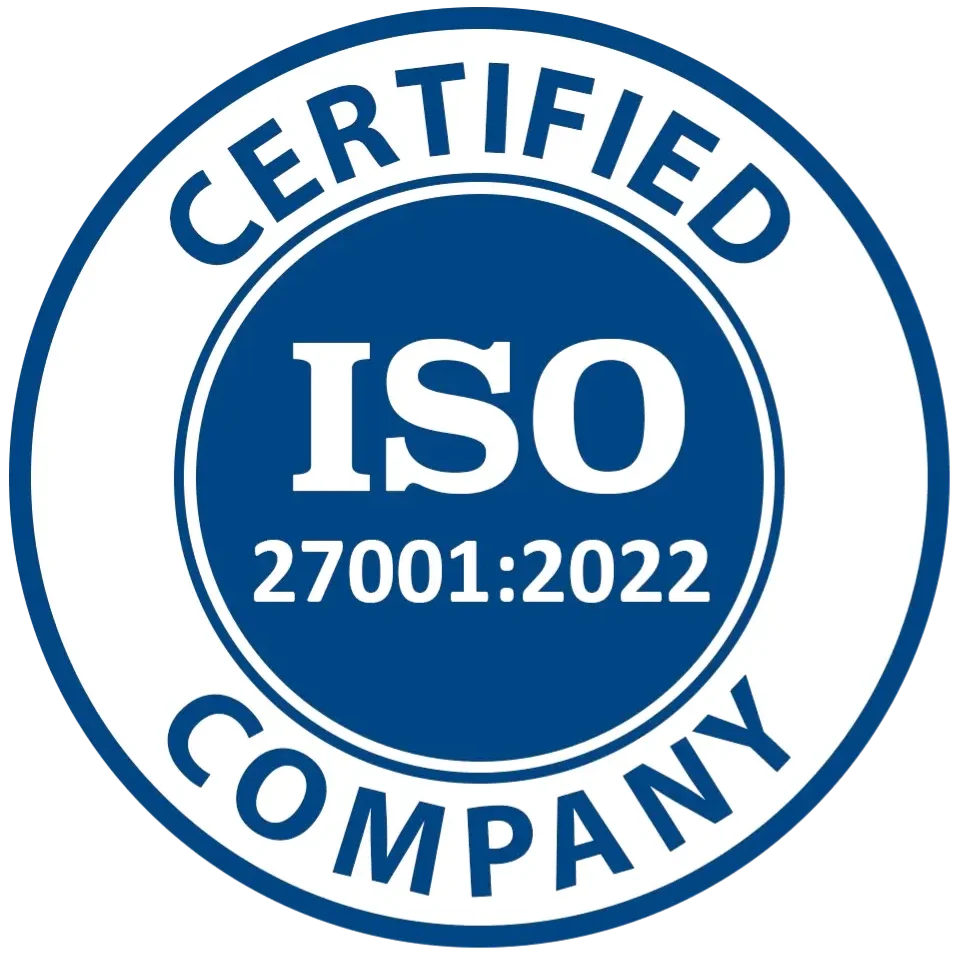Although there are many determining factors for success, the most important key is achieving the goal. A project without setting particular objectives cannot define the direction of the project, like a leaf drifting along the current, going wherever it takes.
By defining specific outcomes and targets, businesses can direct their efforts toward achieving tangible success. Understanding the importance of goal-setting will shape your business’s vision.

1. Why do we have to set Clear Project Goals and Objectives?
Orient the business in the right direction
Clear goals provide a focal point for the entire organization’s strategy. This helps businesses know where to put their efforts to follow the right path. These well-defined objectives are aligned with the company’s mission, values, and long-term goals; they guide decision-making and ensure that actions are in harmony with the organization’s purpose.
More efficient resources and budget allocation
Businesses can identify and prioritize critical areas that align with their strategic objectives. By knowing what needs to be achieved, companies can allocate resources based on the importance and urgency of various projects and funds based on the projected needs. This can avoid wasteful expenses for non-essential activities.
Keep the project aligned with the initial timeline
The project team can work with greater focus and efficiency by prioritizing tasks based on specific objectives. This prioritization ensures that critical activities are addressed first, helping to maintain progress and stay on track with the timeline. Clear project goals with deadlines or milestones for completion foster a sense of urgency and commitment to meeting deadlines.
Inspire and motivate employees
When employees are aware of their responsibility to contribute, they feel inspired and have a strong bond with their work. By achieving these milestones, they will experience a sense of achievement and satisfaction. This feeling will boost their confidence and motivate them to keep working hard.

2. Common Challenges in Goal-Setting
However, goal-setting comes with challenges that can hinder progress and achievement. Recognizing and understanding these common challenges is essential to setting effective goals:
Unrealistic Goals lead to inadequate planning and preparation. Team members will rush into executing tasks without consideration, which can lead to mistakes, delays, and poor results. They may also make reckless decisions or take unnecessary risks in an attempt to achieve their goals.
Lack of objective breakdown can lead to unrealistic timelines, resulting in missed deadlines and affected project schedules. With large, unbroken goals, team members can become overwhelmed, anxious, and uncertain, which will ultimately hinder progress.
Potential risk misses lead to failure to take advantage of emerging trends or market changes. Businesses may not be prepared to face unexpected challenges or adapt to changing circumstances.
Goal misinterpretation happens when goals are not clearly communicated or have different interpretations. This can lead to confusion, misalignment, and impede progress. Accurately assessing and measuring individual or team performance will become challenging.

3. How to set Effective Goals and Objectives for projects?
Step 1. Define the project’s scope
Starting with a high-level document that outlines the purpose, objectives, stakeholders, and overall scope of the project. This provides the project leader with a point of reference throughout the scope and life cycle of the project.
Step 2. Understand team members’ competence
Evaluate team members skills and performance records to understand their competencies and areas of expertise. Analytical tools like SWOT, Five-forces, or PESTLE can be used to identify the skills required for the project and compare them to the teams current skill set.
Step 3. Estimate potential constraints
Consider factors beyond your control that may affect the project, such as the resources required for the project, time, technology, legal considerations, market conditions, economic factors, and environmental considerations. Evaluate how these constraints might affect your goals and objectives.
Step 4. Implement goal-setting techniques
To set more effective goals for the project, there are some techniques that you should utilize as scripts toward the goals.
S.M.A.R.T model
S.M.A.R.T. stands for Specific, Measurable, Achievable, Relevant, and Time-bound. Each component provides criteria to evaluate whether the goals are well-defined or not. Working through each step of the SMART approach can reveal instances where priorities and resources go awry.
Locke and Latham’s theory
According to Locke and Latham’s theory, setting specific and challenging goals leads to higher levels of motivation and performance. Locke and Latham’s five principles of goal setting are clarity, challenge, commitment, feedback, and task complexity. It can effectively motivate team members and improve their performance.
OKRs method
OKRs stand for Objectives and Key Results. The purpose of OKRs is to promote transparency, alignment, focus, and accountability in a project team. It provides a framework for tracking progress and fostering a culture of continuous improvement. OKRs help organizations and individuals clarify purpose, prioritize efforts, and achieve meaningful results.
Example: MLTech Soft uses the OKRs method for current projects.
→ Training Stage
- Period: Before starting a new OKR cycle
- Stakeholders: Project team members, managers, and relevant experts
- Documentation: Training and project-specific introductory documents
- Criteria for objective setting: Understanding of team members about their responsibility, specific technologies, and tools that will be used during the project
→ Onboarding Stage
- Period: After completing the Training Stage, the team has a basic understanding of the project.
- Stakeholders: Project team members and direct managers
- Documentation: Detailed instructional materials, progress reports, and necessary documents
- Criteria for objective setting: The teams can operate independently and efficiently to meet quality standards through product testing processes
→ Implementation and Report Stage
- Period: After the Onboarding Stage (typically 3-month period)
- Stakeholders: Team members, managers, and customers/partners
- Documentation: Reporting, analyzing documents, and evaluation results to track the performance
- Criteria for objective setting: Performance and achieved results, integrating objectives of different products to ensure consistency
→ Solutions for underachieved outcomes
- Review and adjust objectives to make sure they are achievable
- Enhance collaboration among team members
- Monitor and adjust the execution plan
- Evaluate the project and task to optimize strengths and weaknesses

Step 5. Come up with an action plan
After completing the above steps to set the project’s goals, you will create an action plan outlining all the steps for execution. This provides a clearer understanding of the process to break down the large objectives and adjust previous goals if necessary.
Conclusion
By adopting a goal-based mindset and a structured approach to goal setting, projects can become more focused, efficient, and successful. Our MLTech Soft team is here to guide you towards discovering the hidden gems in your creative mind. Get started today and witness your ideas come to life!






